Your grandmother probably made fermented foods without thinking much about it. Sauerkraut, kimchi, yogurt, miso, tempeh—these weren't trendy wellness products; they were practical preservation methods that happened to create some of humanity's most nutritious and flavorful foods. Today, as science reveals the profound connection between gut health and overall wellness, fermented foods have moved from grandmother's kitchen to the cutting edge of nutrition. The exciting part? You don't need special equipment or exotic ingredients to harness their power. With basic ingredients and minimal effort, you can create delicious fermented foods that naturally improve digestion, boost immunity, and add incredible depth to your cooking.
The Science Behind Fermentation and Your Health
Fermentation is an ancient preservation technique where beneficial bacteria and fungi consume sugars and starches in food, creating lactic acid. This process does three crucial things: it preserves food naturally, it creates unique flavors, and it generates live probiotics—beneficial microorganisms that support your digestive system and immune health.
Your gut microbiome—the trillions of microorganisms living in your digestive system—profoundly influences your health:
- Digestive efficiency—probiotics help break down food and absorb nutrients more effectively
- Immune system support—up to 70% of immune function originates in your gut
- Mental health connection—the gut-brain axis shows how gut bacteria influence mood and anxiety
- Inflammation reduction—fermented foods reduce harmful inflammatory responses
- Nutrient bioavailability—fermentation makes vitamins and minerals easier for your body to absorb
- Metabolism support—certain probiotics help regulate weight and energy levels
According to Wikipedia's comprehensive guide on food fermentation, the process has been used for thousands of years and modern science is only beginning to understand its full health benefits. Every culture—from Japanese miso to Korean kimchi to German sauerkraut—developed fermented foods because they were transformative for health and taste.
Easy Homemade Fermented Foods Anyone Can Make
Sauerkraut: The Easiest Starting Point
Sauerkraut requires just two ingredients: cabbage and salt. Slice cabbage thinly, massage it with salt (roughly 2% by weight), pack it tightly in a jar, and let it sit at room temperature. The salt draws out the cabbage's natural juices, creating a brine where beneficial bacteria thrive. Within days, you'll see bubbles—the fermentation in action. After 3-7 days, taste it. When you like the flavor, refrigerate it. It will keep for months.
Why it's perfect for beginners: It's genuinely hard to mess up. Even if you get mold (rare), you simply skim it off. The salt naturally prevents harmful bacteria while encouraging beneficial ones.
Kimchi: Bold Flavors, Same Technique
Kimchi follows the same principle as sauerkraut but with vegetables like napa cabbage, radish, and scallions, plus aromatic ingredients like garlic, ginger, and chili. The process is identical—salt your vegetables, pack them with seasonings, let them ferment. The result is spicy, complex, and incredibly flavorful. You'll use it on everything from rice bowls to tacos to avocado toast.
Yogurt and Kefir: Cultured Dairy
These require slightly more precision but are still manageable. Yogurt needs milk heated to specific temperatures with starter cultures. Kefir uses kefir grains that you can reuse indefinitely. Both create creamy, probiotic-rich foods that transform plain milk into something nutritious and delicious.
Quick Pickled Vegetables
While technically different from fermented foods (quick pickles use vinegar rather than natural fermentation), they still offer flavor and preservation benefits. Try fermenting cucumbers with dill and garlic—they develop sophisticated flavors that store-bought pickles can't match.
Miso and Tempeh: Advanced Projects
These require more patience and specific molds, but home versions are possible. Miso ferments for months or even years, developing deep, complex umami flavors. Tempeh uses tempeh spores to ferment soybeans into a nutty, protein-rich cake that's perfect for vegetarian cooking.
Fermented Foods in International Cuisine: Recipes and Applications
Fermented foods aren't just health supplements—they're culinary staples that add incredible depth to cooking. Here's how different cuisines use them:
Korean Cuisine: Kimchi appears at nearly every meal—in stir-fries, rice bowls, soups, and as a side dish. It adds heat, complexity, and probiotics to everything it touches.
Japanese Kitchen: Miso, soy sauce (fermented soybeans), and mirin (fermented rice) form the foundation of Japanese flavor. Miso soup is a breakfast staple. Soy sauce seasons everything.
European Traditions: Sauerkraut pairs perfectly with sausages, pork, and hearty grains. German and Central European cuisines rely heavily on fermented vegetables for preservation and flavor.
Global Fermented Condiments: Nutritionists increasingly recommend fermented condiments like hot sauces (often fermented), tamari, kombucha, and apple cider vinegar. These add flavor while boosting probiotic intake.
Simple Recipes Using Your Fermented Creations
Probiotic Buddha Bowl: Start with cooked grains, add roasted vegetables, top with sauerkraut or kimchi, add protein (beans, tofu, or tempeh), drizzle with tahini dressing. The fermented vegetables add tangy brightness while their probiotics aid digestion of the entire meal.
Kimchi Fried Rice: Cook rice with kimchi, ginger, garlic, and vegetables. The fermented kimchi adds incredible flavor while needing minimal seasoning. Top with a fried egg and green onions.
Miso Butter Pasta: Mix miso with butter and fresh herbs, toss with hot pasta. Simple but profound—the umami from fermented miso creates restaurant-quality depth.
Fermented Hot Sauce: Blend fermented peppers, garlic, and vinegar for a probiotic hot sauce that improves with age and adds complexity to any savory dish.
Nutrition, Catering Tips, and Best Practices
Maximizing Probiotic Content: Live probiotics die at high temperatures. Add fermented foods at the end of cooking, or serve them raw as condiments or sides. This preserves their beneficial bacteria.
Storage and Shelf Life: Fermented vegetables last months in the refrigerator. Fermented condiments last even longer. Store in clean glass jars, keep submerged in brine, and taste regularly to enjoy them at peak flavor.
For Catering and Large Gatherings: Fermented foods are perfect for catering—they're naturally preservable, require no heating, and add sophistication to spreads. Offer a variety: spicy kimchi, tangy sauerkraut, creamy fermented dips. They pair with every cuisine and satisfy diverse dietary preferences.
Dietary Considerations: Fermented foods are naturally low-FODMAP, gluten-free (if using gluten-free bases), and vegan-friendly (except dairy ferments). They're accessible for nearly all diets while providing superior nutrition compared to fresh vegetables.
Starting Small: Begin fermentation with one simple project—sauerkraut is genuinely foolproof. Once you experience success, branch into kimchi, yogurt, or more adventurous ferments.
Conclusion: Embracing Ancient Wisdom for Modern Cooking
Fermented foods represent the convergence of delicious flavor, superior nutrition, and sustainable cooking practices. They're not trendy supplements to add to smoothies—they're foundational foods that can transform your health and your cooking. When you master fermentation, you gain the ability to create complex flavors naturally, preserve abundance from your garden or farmers market, and nourish your body with live cultures that support genuine wellness.
Start this week. Choose sauerkraut, kimchi, or yogurt. Buy your ingredients today, begin the process, and in days you'll have created something more nutritious and flavorful than anything you could buy. That's the beauty of fermentation—it transforms simple ingredients into culinary gold through time and beneficial bacteria. Your gut health, your taste buds, and your cooking will thank you.

The Fermentation Revolution: Cooking With Probiotics and Transform Your Gut Health Through Delicious Homemade Foods









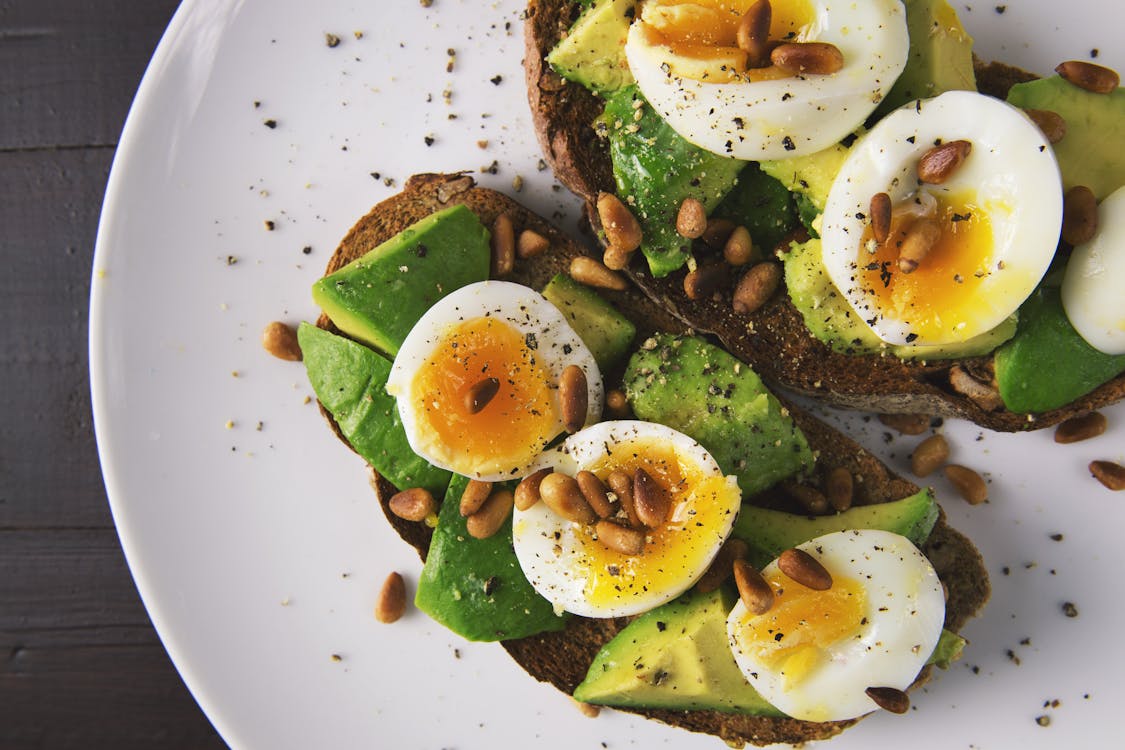
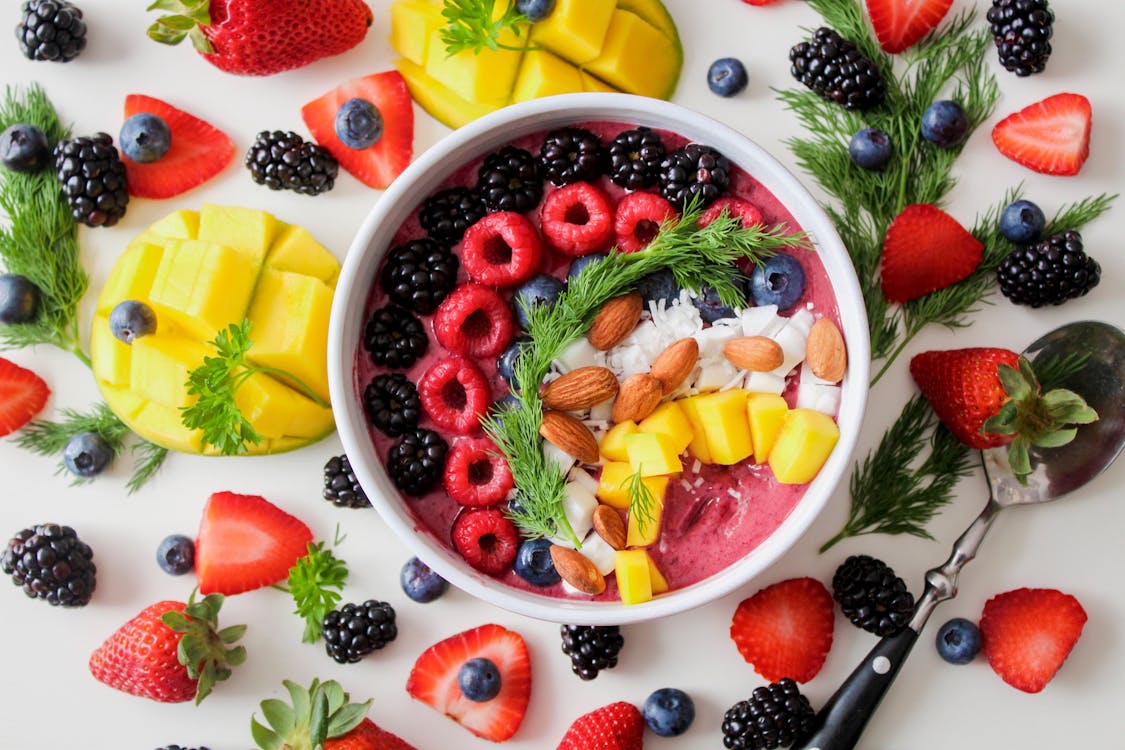
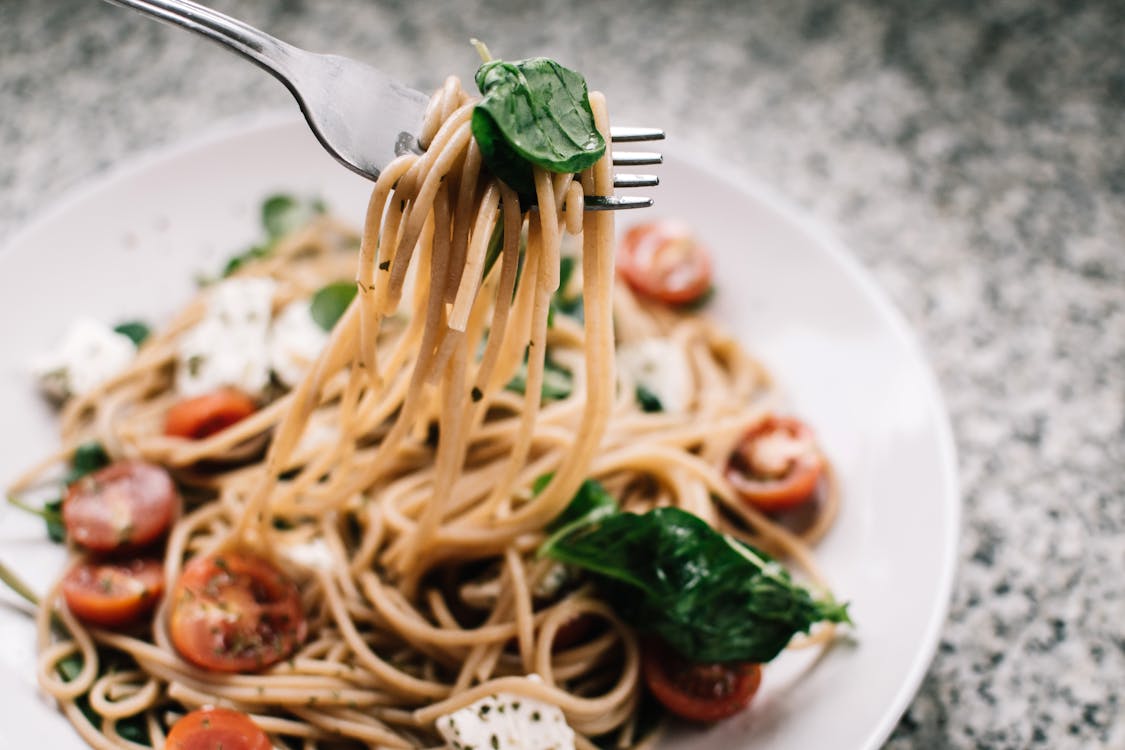
.jpeg)
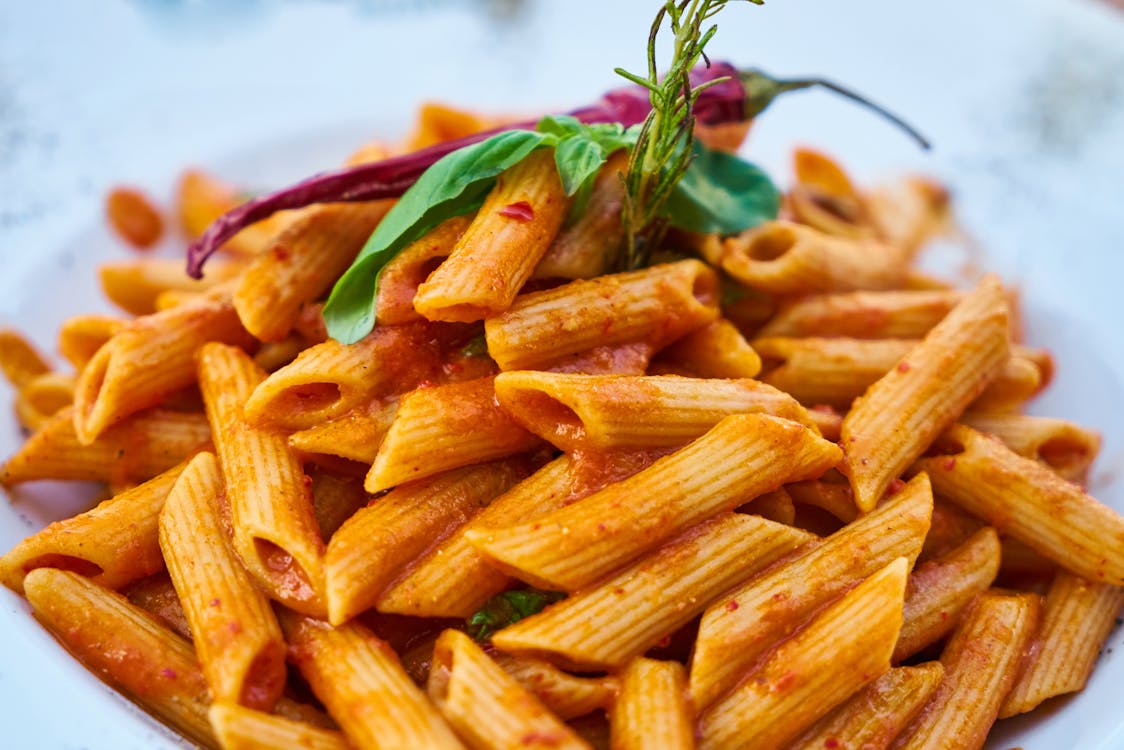
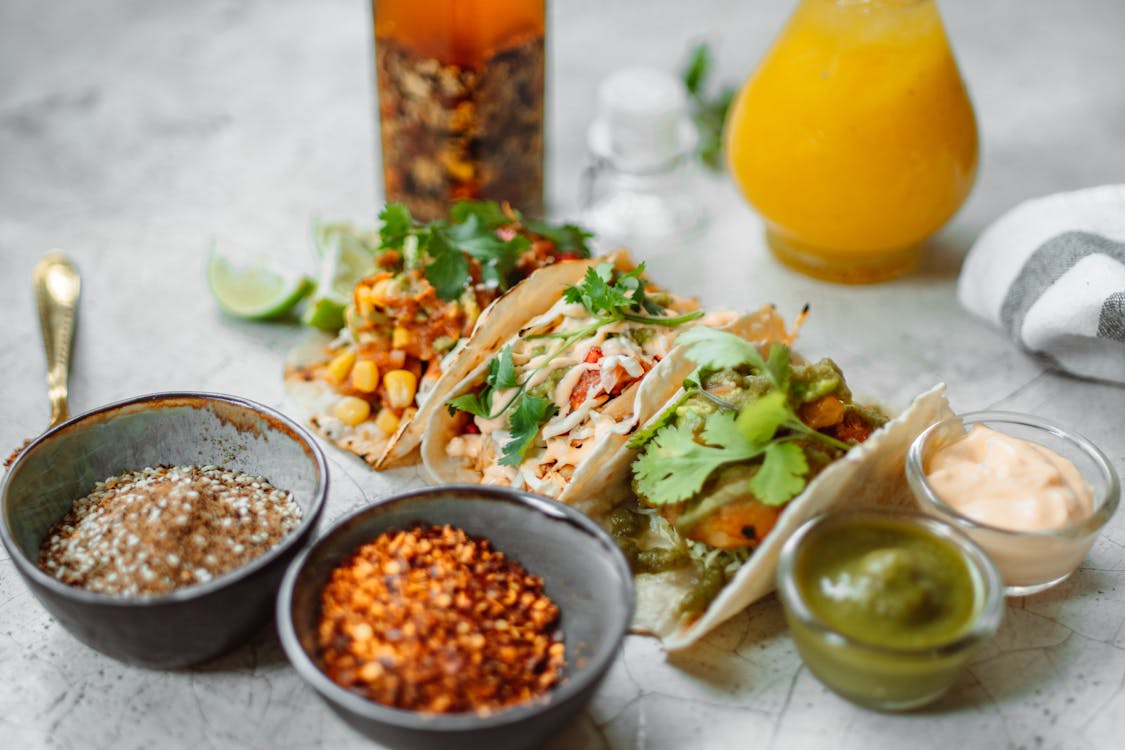

.jpg)


.jpg)







.jpg)
.jpg)
